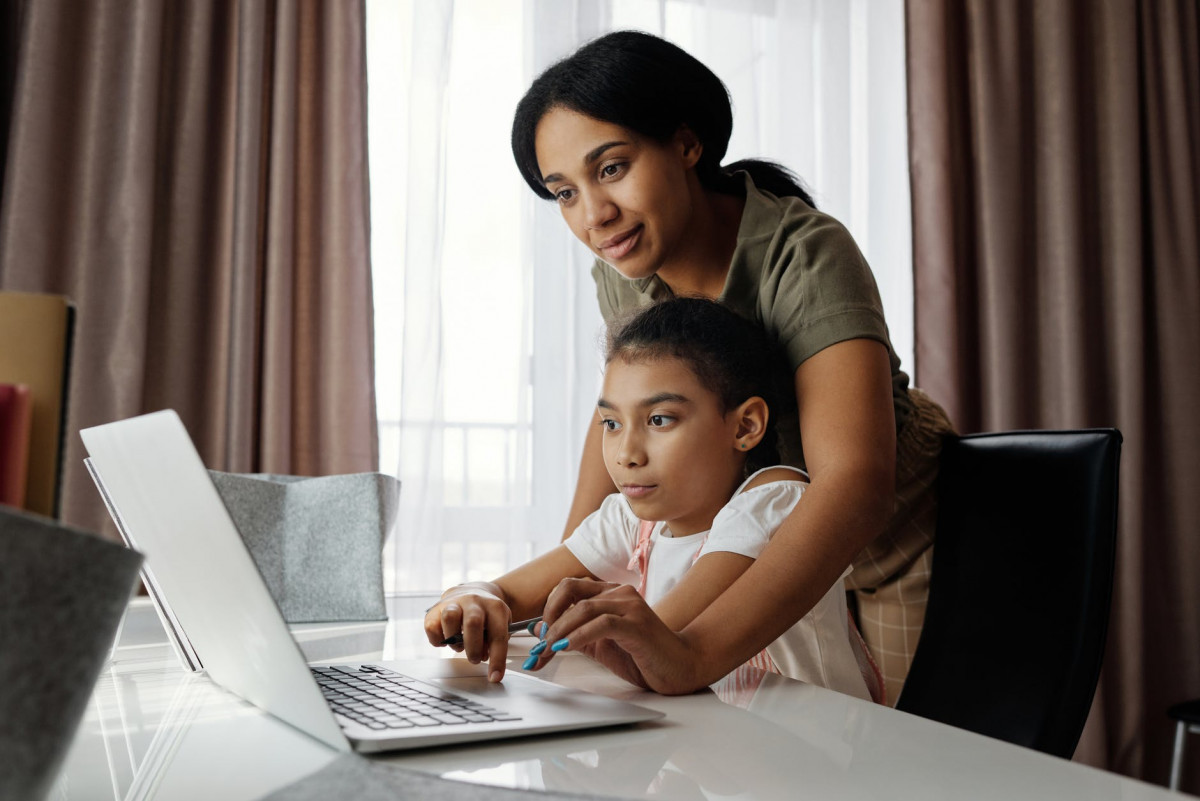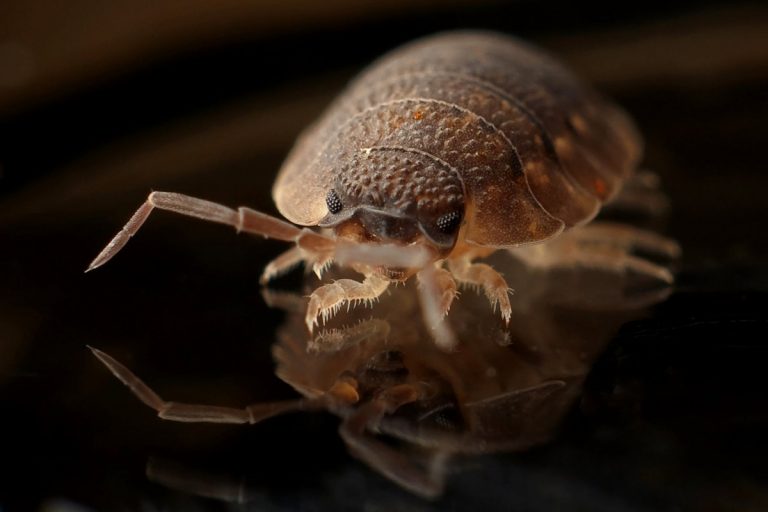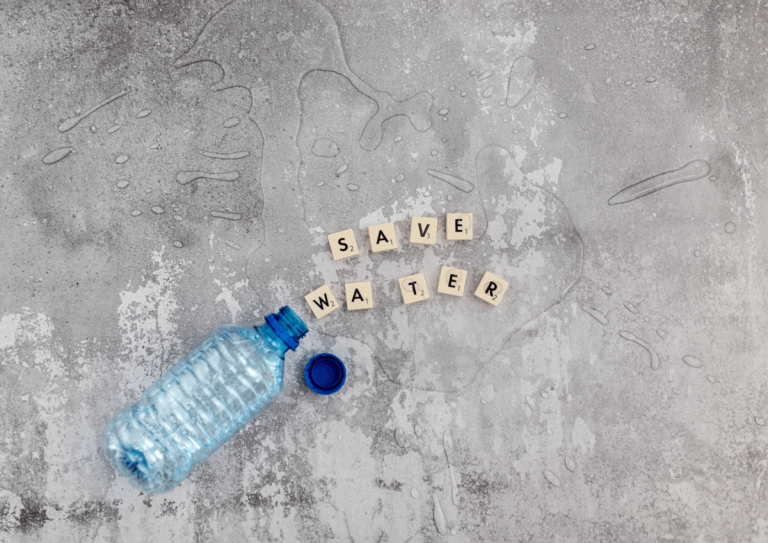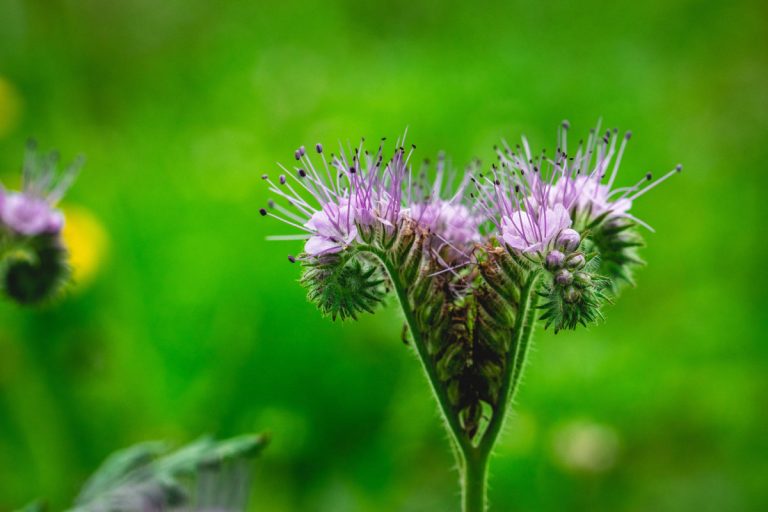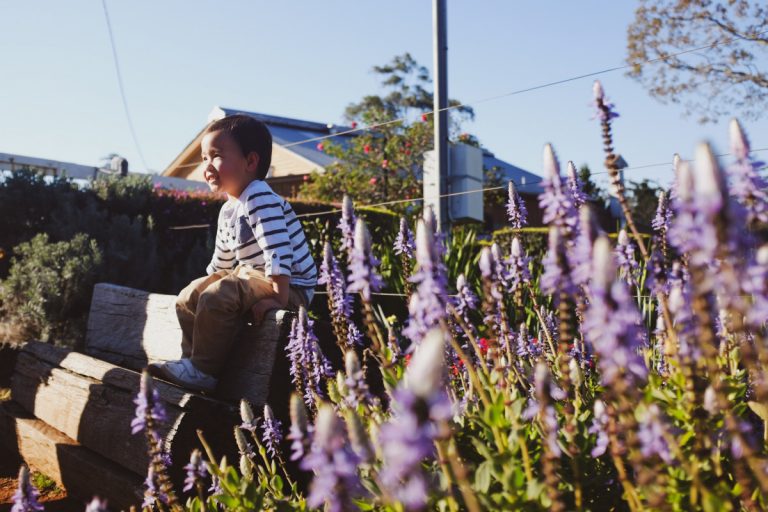Small Steps To Save The Environment Even Your Children Can Do: Good Practice To Teach Children About Conserving Resources 2022
It is critical to protect the environment so that people may enjoy healthy lives for many years to come. Many individuals are focusing their efforts on incorporating ecologically friendly buildings and equipment into their houses, such as solar panels and energy-efficient dishwashers.
While these procedures are beneficial, they may also be costly. They also do not address the practical, day-to-day practices that you may adopt to assist safeguard the environment. There are various things you can do and educate your children to help safeguard the environment’s health.
Quick Navigation
Avoid Using Resources That Aren’t Necessary
Water and electricity are two resources that are often squandered while living with children. Children may be taught to preserve these resources for the sake of the environment. Teach your children the following basic rules:
- Before exiting the room, have a look around. Turn off any lights, television sets, or other devices that are not in use.
- Gather all of your bathing necessities before turning on the shower or bathtub. Turn off the water while you go get it if you forget anything.
- Don’t switch on the air conditioner or heater until you’ve exhausted all other temperature-control options. Instead of turning on appliances, try taking off or putting on clothing to make yourself feel more at ease in the home.
Repurpose Items for Art Projects
Recycling is another crucial aspect of environmental protection. Reusing items that you would normally throw away is a fantastic approach to promote recycling behaviors. Children will have a great time creating sculptures and other creative projects out of cans, bottles, and jars.
For example, you might have them assist you in washing empty peanut butter jars and then enable them to wrap or decorate the jar anyway they see fit. These kind of projects educate children the necessity of reducing the amount of rubbish they waste away and the fact that items may be reused.
After your children have completed a few art pieces, discuss recycling with them and explain that another method to recycle is to place cans, newspapers, and jars in specific bins where they can be removed to be reused.
Make Child-Friendly Sorting Methods
Make it simple for your children to assist once they grasp the idea of recycling. For example, after each meal, have your youngster assist in sorting recyclables from garbage. You might also make a sorting system for your youngster.
If you have a recycling container in addition to a trash can, mark the recycling bin with the items that belong in it. If your youngster is still unable to read, utilize images in the labels. Make sorting recyclable things exciting and fascinating for your youngster so that he or she will like this exercise.
Students Should Carpool
If your child’s school is not within walking distance or you do not believe it is safe for them to walk alone in your area, organize carpools with other students’ parents.
This reduces carbon emissions while also allowing your children to socialize on their journey to and from school. Explain to your youngster that you carpool to reduce the number of automobiles on the road.
You may also let your kid use the school bus instead of driving them. If your school provides busing, having your children ride the bus is an excellent approach to educate them the value of utilizing public transit whenever feasible.
Teach your children to only use dishwashers and washing machines when they are completely full.
Many parents make their children wash the dishes or the laundry so that they may learn responsibility. This is an excellent chance to educate about conservation. Teach your youngsters to check the machine’s capacity before operating it.
Make it a rule that the machine should not be operated if it contains less than a specific amount of objects. This teaches youngsters to save water and power, and they’ll enjoy feeling like they’ve “gotten out of work” when all they have to do is load goods into the machine without operating it.
You and your children may benefit the environment in a variety of ways. Teaching kids healthy environmental behaviors is quite simple since most of these practices can be turned into games. Children will be glad to do their bit to help conserve the environment as long as they are amused and feel like they are helping.
===> Find Even More Related Good Ideas ===>
Other Garden Enthusiast Are Reading:
✅ Trending
- 11 Things You Should Know About Backpack Sprayer Before Buying One: The Guide To Safety, Selection And Maintenance 2022
- The Best Grow Box To Cultivate As A Pro Reviewed 2022: Incubate Your Perfect Indoor Greenery Garden
- All You Need To Know Before Your Garden Sprayer Purchase: The Essential And Convenient Plant Maintenance Tool FAQs 2022
✅ Outdoor Garden Design And Tips
- Inspirations For The Best Outdoor Living In Summer: Garden Style Guide 2022
- Grow Your Own Food And Reduce Your Impact On The Environment 2022
- How To Care For Birds In The Summer Heat: A Bird Owner’s Guide To A Cool Summer 2022
✅ Indoor Design And Tips
- Why Buying A Home Could Make All The Difference
- Calling Everyone With A Small To Tiny Garden
- How To Plan Garden Storage Sheds? Tips You Have To Know Before Your Purchase 2022
✅ Even More Great Products
- Lawn Sweeper Buyer’s Guide: 2022 Review And How To Choose The Best One To Meet Your Needs
- 10 Best Rear Tine Tiller Compared And Reviewed 2022: Breaking New Ground Without A Hitch
- Gardening Black Friday Deals (Best Amazon Gifts & Tools For 2022)
✅ Sustainable Lifestyle Products And Tips

